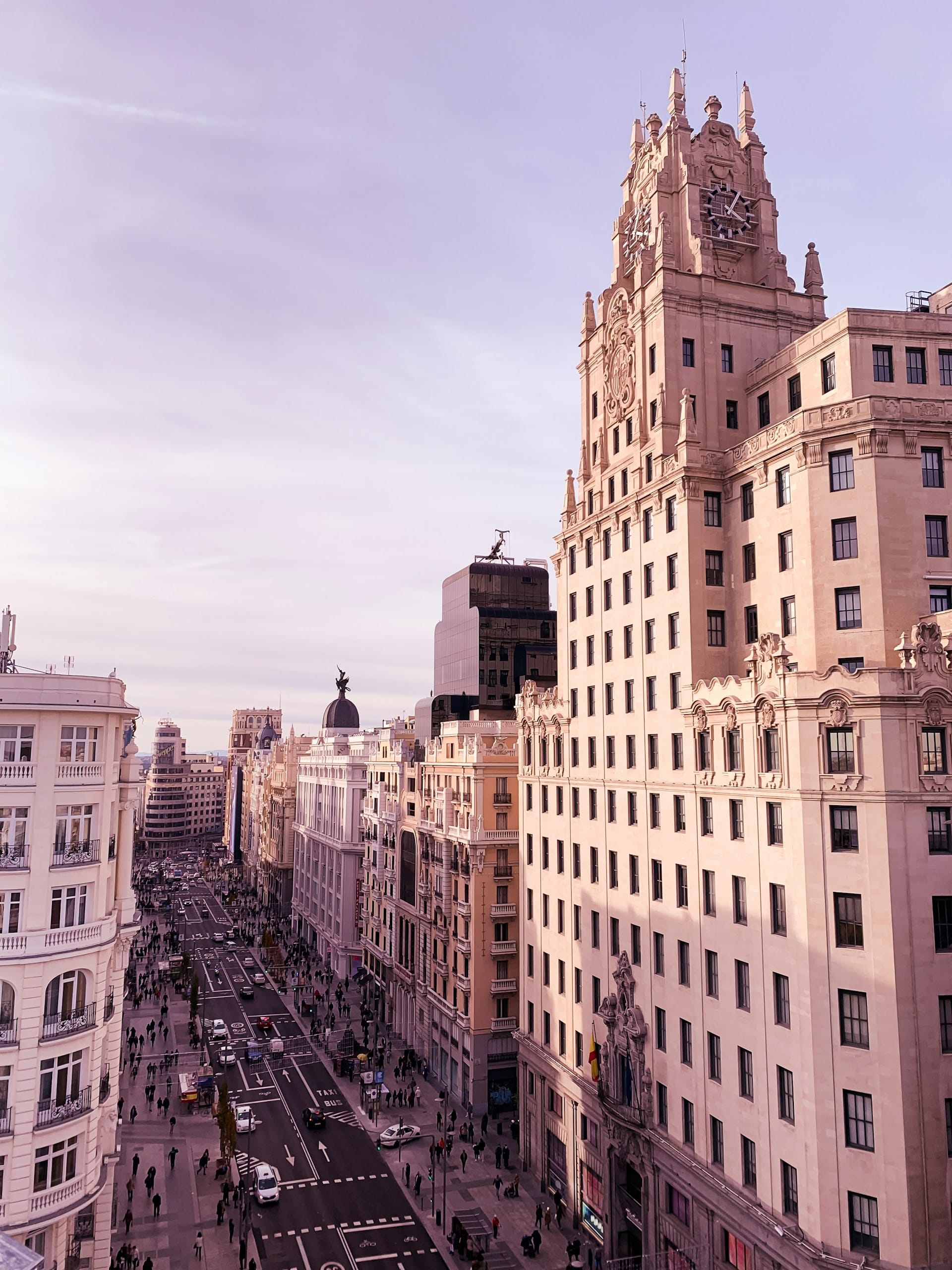How can tourists best explore the UK's impact during the Victorian era through museum exhibitions?

Recounting history and preserving culture, museums serve as vibrant storytellers. They house collections of objects, artworks, and artifacts that narrate tales of different eras. London, in particular, is rich with museums that exhibit a wide array of collections. For those of you interested in diving into the Victorian era, the museums of this great city offer a unique journey through the 19th century. Here, tourists can best explore the UK's impact during the Victorian era, immersing themselves in the period's rich history, art, and influence on British culture.
The British Museum: A Journey Through Victorian England
The British Museum, one of the oldest public museums in the world, houses a vast collection—each piece a testament to human history and culture. Its Victorian-era exhibits are particularly fascinating.
En parallèle : How does the UK integrate local culture into its tourism marketing?
This museum's Victorian exhibits are located in the Europe 1801-1900 galleries. Here, you'll find a diverse collection of objects that reflect the era's scientific, technological, and cultural advancements. The exhibition showcases the industrial revolution's impact on society and the colonial exploits that shaped the British Empire.
You'll also discover the artistry of the Victorian era, which is meticulously preserved in the galleries. You'll be able to admire intricate ceramics, glasswork, textiles, and metalwork made by Victorian craftsmen. The British Museum is indeed a great way to meaningfully connect with Victorian Era England.
Lire également : Which UK destinations provide the most comprehensive tours about the history of the British monarchy?
The Victoria and Albert Museum: Chronicles of Art and Design
The Victoria and Albert Museum, more fondly known as the V&A, is a haven for art and design enthusiasts. It is a notable destination for those interested in the Victorian era, owned by the British public and dedicated to the period's rich artistic legacy.
Established during the Victorian era, the V&A showcases over two million objects spread across 145 galleries. The museum's collections, spanning over 5,000 years, include the most comprehensive range of decorative arts from the Victorian era. Here, you'll find exhibitions of furniture, fashion, textiles, photography, jewellery, and much more.
The museum's British Galleries are of particular interest. They house the most comprehensive collection of British design and art from 1500-1900, inviting visitors to delve into the artistic evolution of the era. The V&A is undoubtedly an immersive visual treat for anyone wishing to understand the Victorian period better through its art and design.
The Museum of London: Reflections of the City's Past
The Museum of London offers a captivating journey through the city's tumultuous history. Established in the heart of the city, this museum is an ideal choice for those yearning to discover London during the Victorian era.
Through its Victorian Walk exhibit, the Museum of London transports you to the bustling streets of 19th-century London. This recreated street scene, featuring shops and establishments from the era, allows visitors to experience the daily life of Victorians firsthand.
In addition, the museum chronicles the city's social history during this period. Thematic displays explore Victorian Londoners' living conditions, the emergence of a consumer culture, and the influence of the British Empire on London's development. This museum provides a vivid picture of London’s transformation during the Victorian era.
Tate Britain: An Insight into Victorian Art
Tate Britain, a significant gallery in London, has long been recognised for its extensive collection of British art. From 1500 to the present day, it documents the evolution of art in the country, with a particular emphasis on the Victorian era.
Housing the most substantial collection of J.M.W Turner's works, this gallery offers an in-depth look into Victorian landscape painting. It also features the works of Pre-Raphaelite artists who rejected industrialisation and sought to return to the detailed and vibrant art of the early Renaissance.
Additionally, Tate Britain's Clore Gallery, specifically designed to display the Turner Collection, is a treat for art lovers. Visitors get to examine the artist's exploration of the sublime and the romantic, encapsulating the socio-political changes of the Victorian era through art.
Charles Dickens Museum: A Victorian House Frozen in Time
Located in the author's only surviving London residence, the Charles Dickens Museum offers a unique peek into Victorian England. The house contains over 100,000 items, including personal objects, manuscripts, rare editions, and the author's original furniture.
This unique literary museum enables visitors to experience the private world of Dickens. His novels, which vividly portray the Victorian era's social and economic conditions, come alive as you wander through his former home. The museum also hosts temporary exhibitions relating to Dickens’s life and work, offering a broader context of the Victorian age.
The journey through the museum, much like a Dickens novel, paints a vivid picture of Victorian England, from its cobblestone streets to the grandeur of its upper-class houses. It's an immersive journey into the past, offering a glimpse into the life of one of the era's most celebrated authors.
Exploring these museums is akin to time-travel, a journey that transports you straight into the heart of the Victorian era. From the British Museum's historical artifacts to the Charles Dickens Museum's intimate home setting, each destination offers a unique perspective and a deeper understanding of this influential period in British history. Indeed, the museums of London are truly gateways to the past, offering tourists a chance to best explore the UK's impact during the Victorian era in a truly immersive and enlightening way.
The Natural History Museum: Uncovering the Science and Technology of the Victorian Era
The Natural History Museum is a treasure trove of natural sciences, boasting a vast collection that covers botany, entomology, mineralogy, paleontology, and zoology. It is unique in the way it tells the story of the world, making it a must-visit for anyone interested in exploring the scientific and technological milestones of the Victorian era.
The museum's building itself is a Victorian architectural marvel, designed in the Romano-Italianate style, which was popular during the era. Inside, the museum features exhibits that delve into the scientific discoveries and technological advancements of the 19th century.
The Earth Galleries, for instance, showcase the Victorian fascination with geology and paleontology. Here, you can see a variety of mineral specimens and dinosaur fossils collected during the period.
In another section, the museum houses a collection of Victorian microscopes, reflecting the era's innovations in optical technologies. These were instrumental in advancing fields like biology and medicine.
Of particular note is the museum’s extensive collection of specimens gathered by the great naturalist, Charles Darwin. This exhibit offers a unique perspective on Victorian scientific exploration and the birth of evolutionary theory.
The Natural History Museum does not charge an admission fee, making it an affordable and enriching destination for all.
The Crystal Palace: Echoes of the Great Exhibition
The Crystal Palace, which unfortunately no longer stands, was the epitome of Victorian scientific and technological prowess. It was constructed in Hyde Park to host the Great Exhibition of 1851, the world's first international display of industry and technology.
While the structure itself was a marvel, a massive iron and glass edifice that earned its 'crystal' moniker, the exhibition it housed was no less impressive. It showcased over 100,000 exhibits from around the world, highlighting Victorian England's impact on global industry and innovation.
Although the original Crystal Palace is now gone, its legacy lives on in the Crystal Palace Museum, located in the Crystal Palace Park. The museum, housed in the only remaining building from the original Crystal Palace site, traces the history of the Great Exhibition and the iconic structure that held it.
Interactive displays, original documents, and photographs present a vivid narrative of the Great Exhibition's planning, execution, and aftermath. The museum also exhibits models of the Crystal Palace, allowing visitors to appreciate the architectural innovation it represented during the Victorian era.
Conclusion: A Gateway to the Victorian Era
These museums, each in their unique way, serve as the perfect time capsules to the Victorian era. The British Museum and the Victoria and Albert Museum offer a comprehensive look at the period's cultural and artistic evolution. The Museum of London and the Charles Dickens House Museum bring to life the social history of Victorian London.
Meanwhile, the Natural History Museum sheds light on the scientific and technological advancements of the time, and the Crystal Palace Museum reflects on the Great Exhibition's legacy, a symbol of the era's industrial prowess.
Whether you're a history buff, an art enthusiast, or a science lover, these museums offer a rich and diverse exploration of the Victorian era. As you journey through their galleries, you'll gain a deeper understanding of the UK's impact during this influential period. The museums of the UK, especially those in London, are indeed gateways to the past, allowing tourists to experience the Victorian era's vibrant pulse and enduring legacy.
